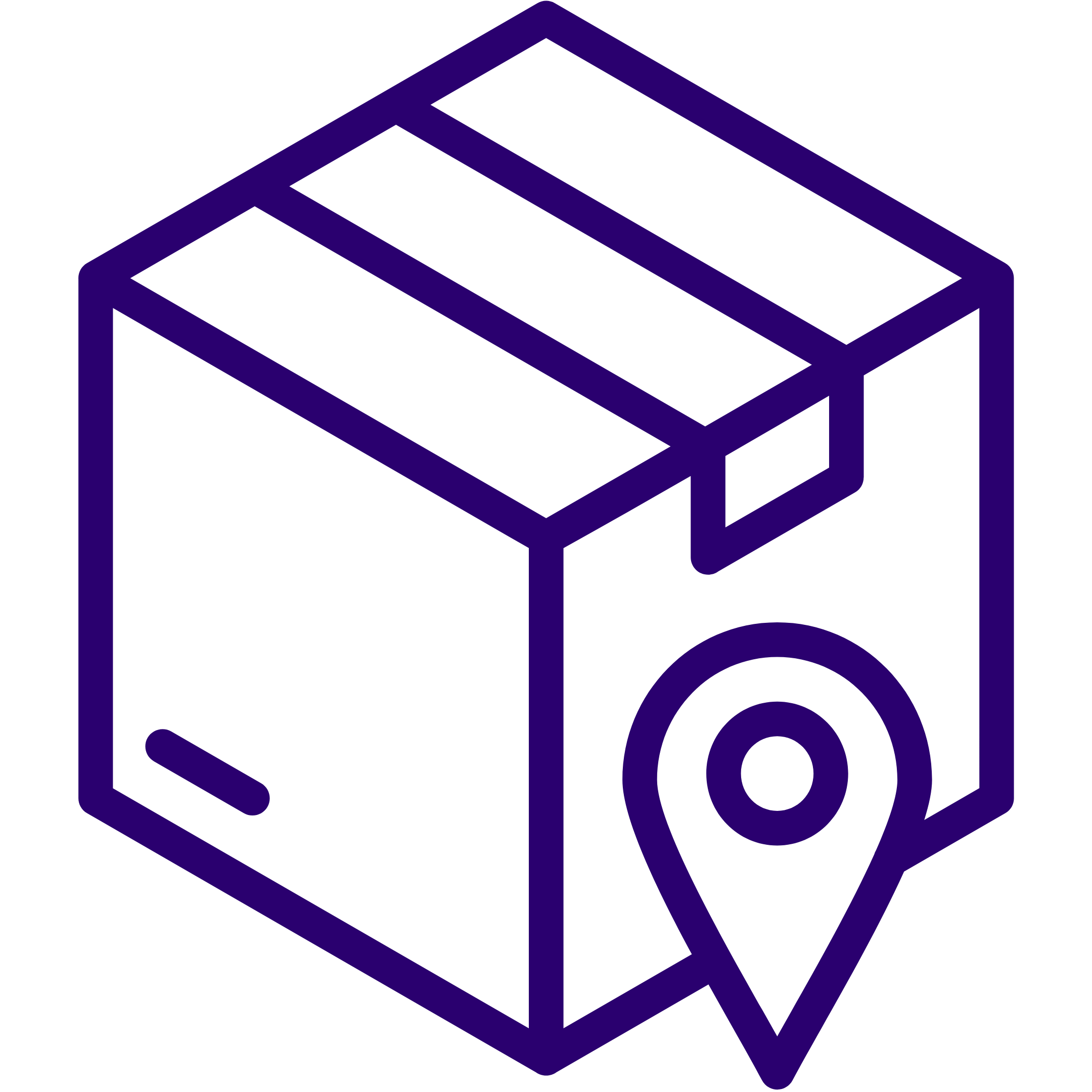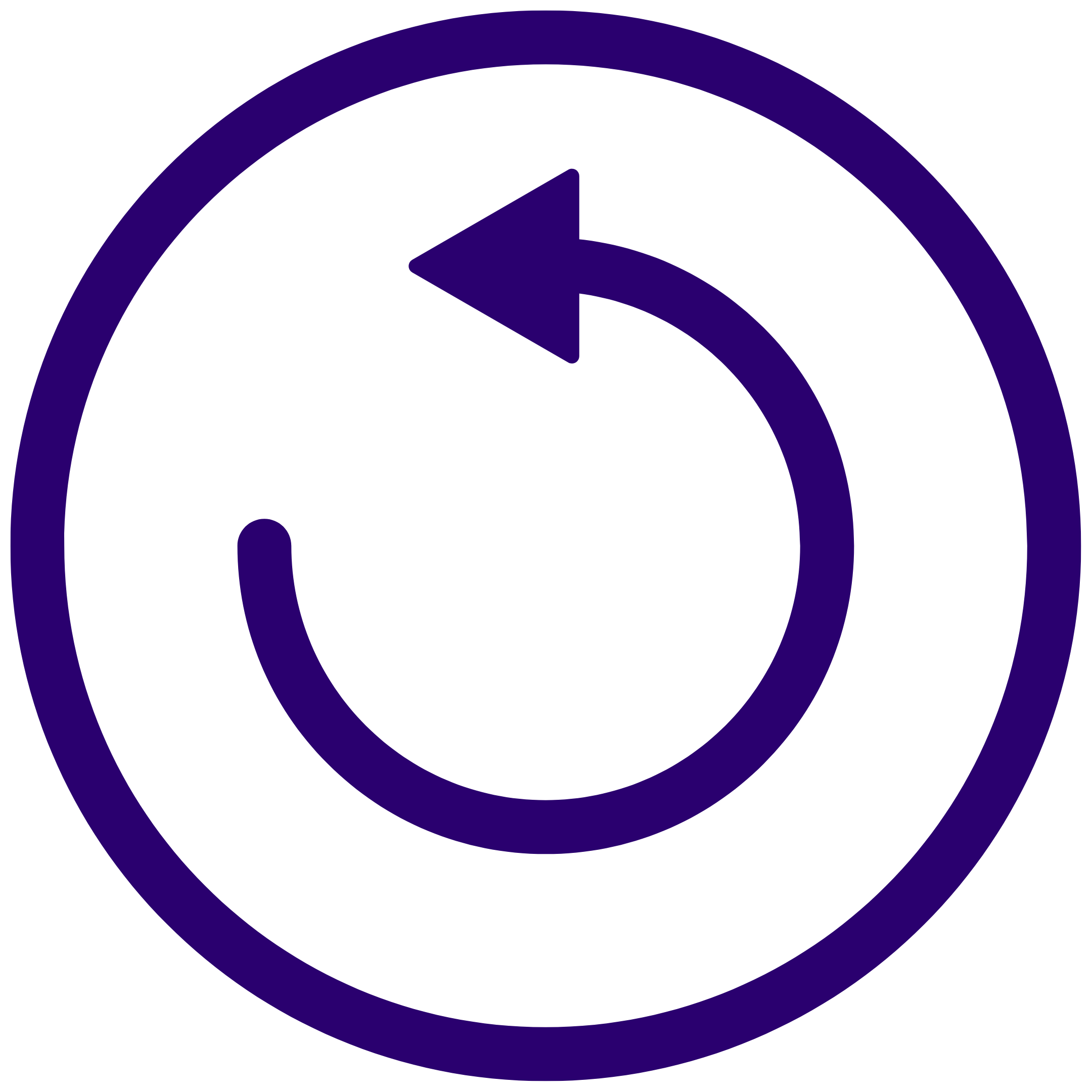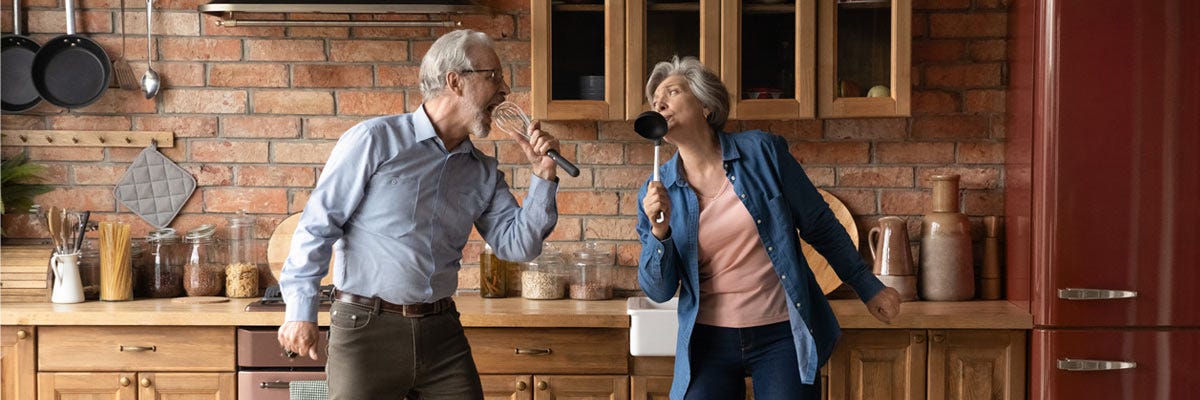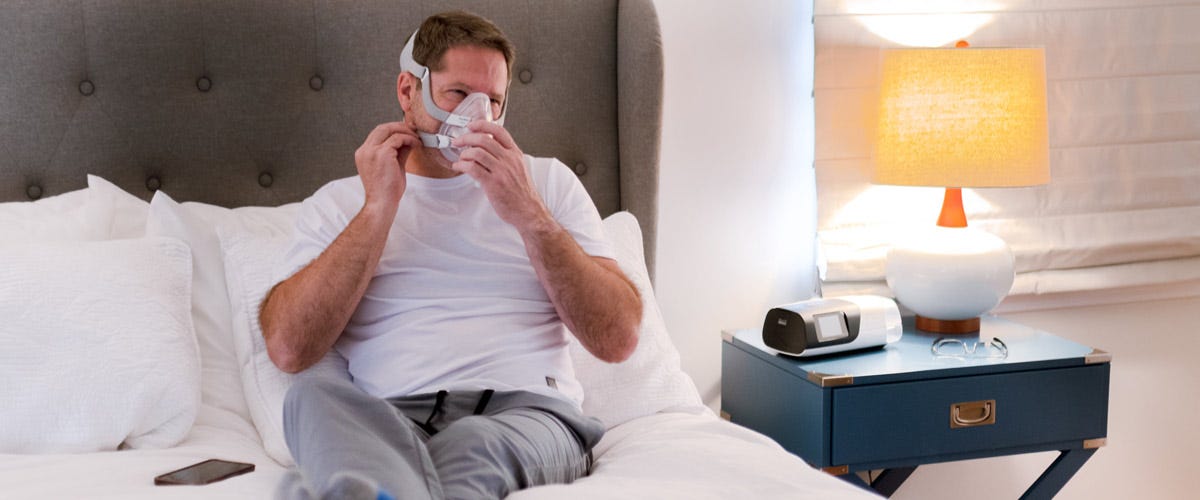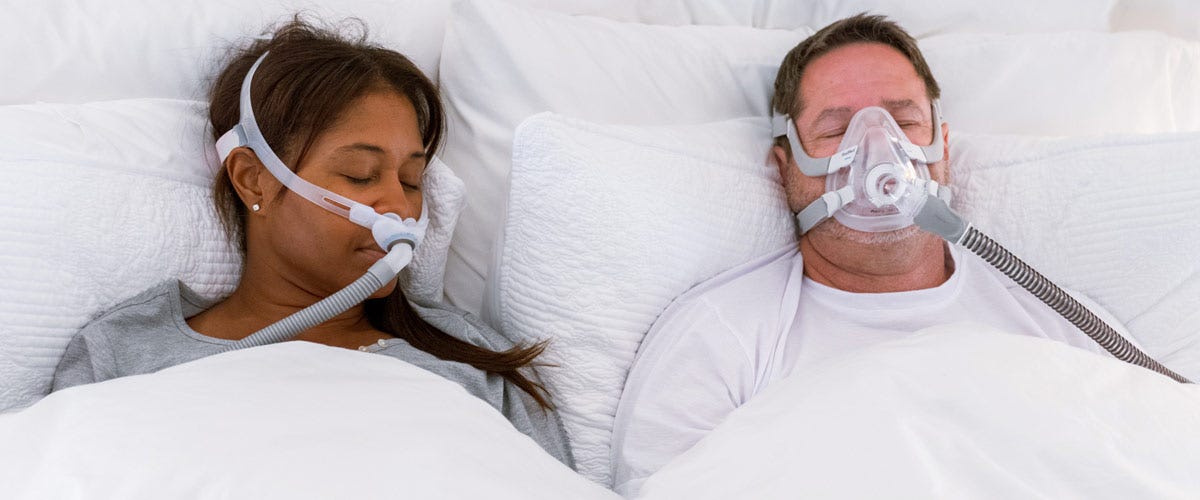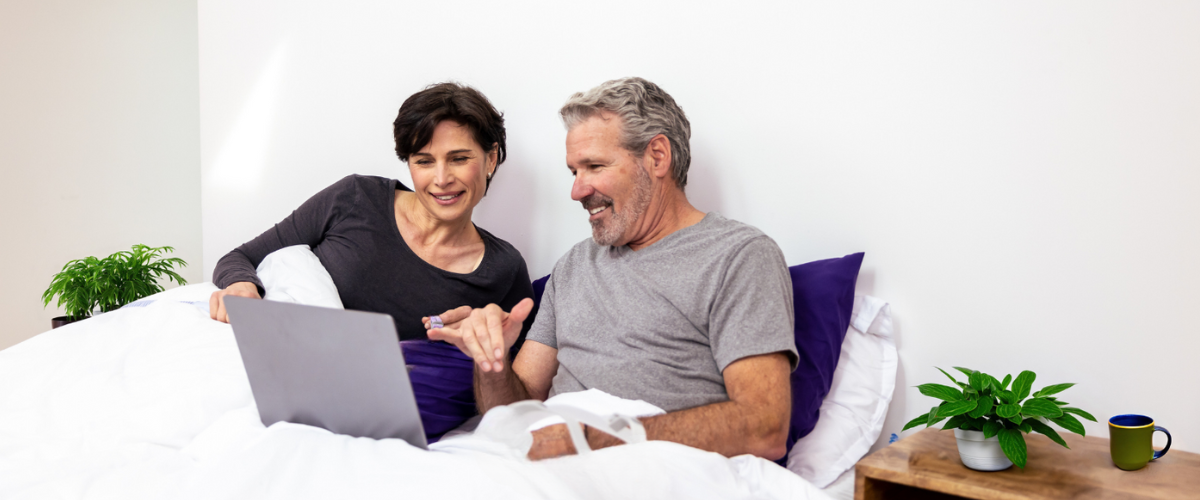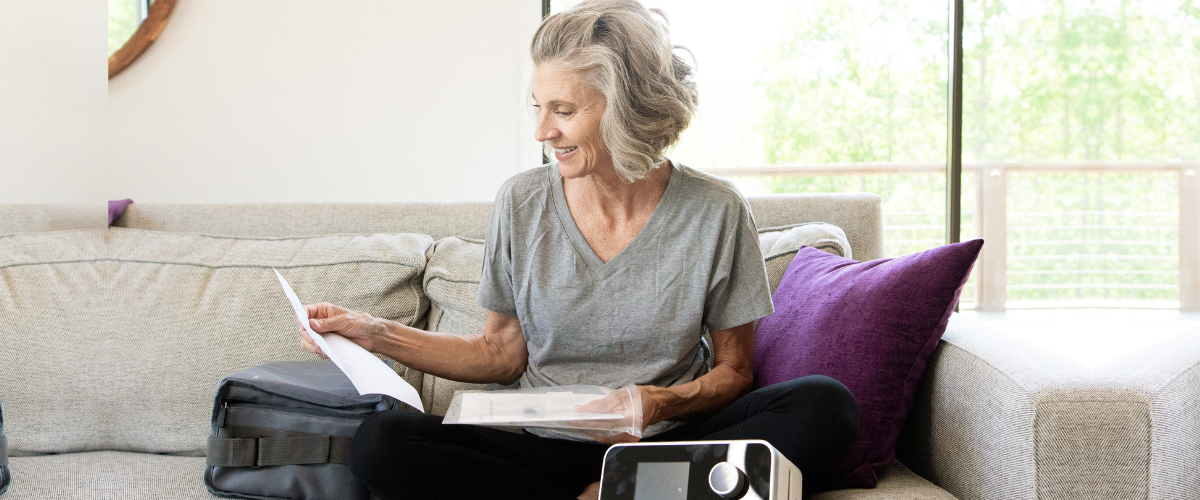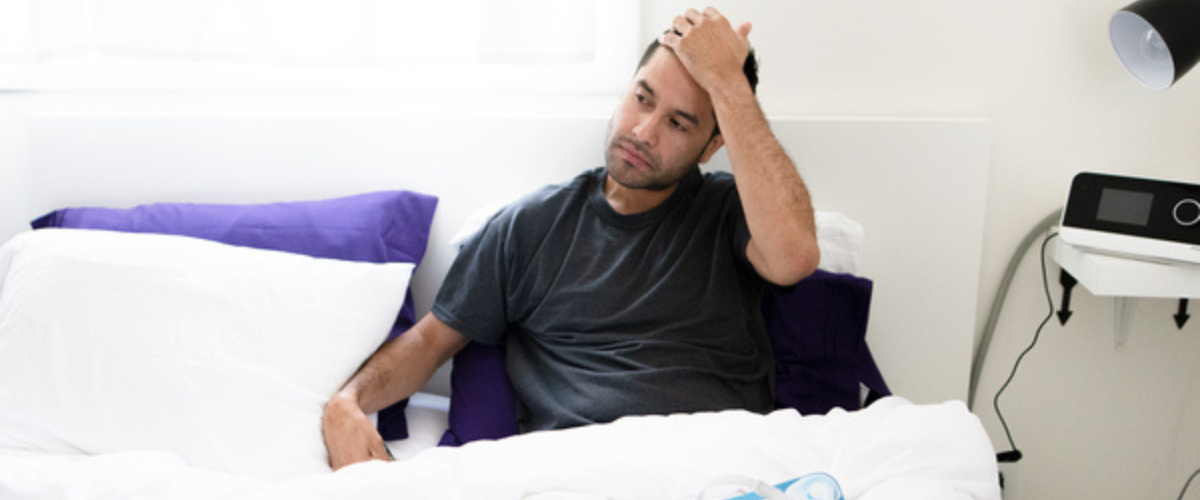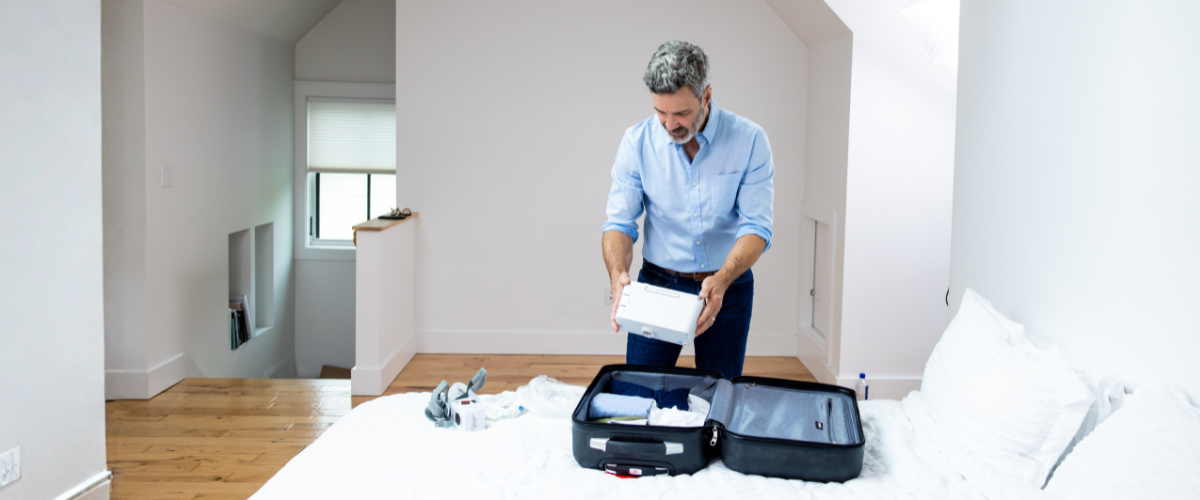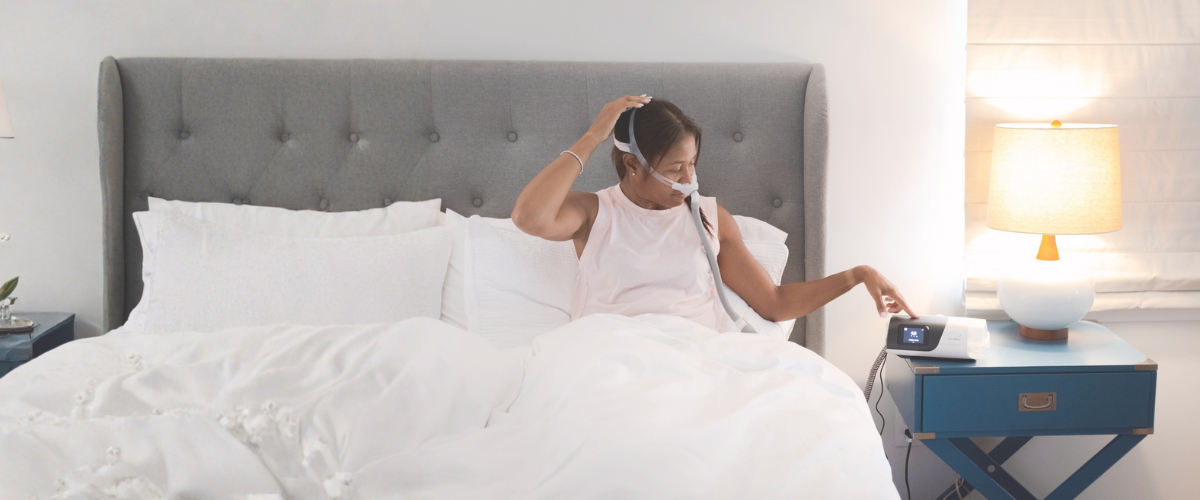Sleep apnea exercises are a hot topic for those who want to try non-invasive (and free!) lifestyle adjustments to reduce the severity of their breathing and sleep disorders. If you are serious about addressing your loud snoring or obstructive sleep apnea more holistically, exercises can definitely help!
To be clear, sleep apnea exercises cannot cure OSA. However, strengthening tongue muscles, and beefing up those sweet facial muscles could make a huge difference - including up to a 50% reduction in AHI score (apnea-hypopnea index) for adults.
Table of Contents
Benefits of Sleep Apnea Exercises
A commitment to these therapeutic exercises can help reduce symptoms of sleep apnea and improve sleep quality. The key is to be consistent, as with any exercise regimen.
Here are just a few ways these exercises can serve you:
- Tone the upper airway, neck muscles, and tongue to reduce airway collapse
- Aid in overall weight loss, which has been shown to reduce OSA symptoms
- Improve breathing by supporting lung capacity and clearing airways
7 Sleep Apnea Exercises You Can Do Right Now
The white coats on your medical team call these oropharyngeal exercises. They include tongue exercises, throat exercises, mouth exercises, and uvula toning. They are specifically designed to build up muscle tone in and around various soft tissues in the back of your throat, soft palate on the roof of the mouth,
Try to devote at least 30 minutes per day to these targeted sleep apnea exercises, even if you have to break it up into smaller chunks of time throughout your day.
Most people feel silly and want to do these exercises privately, but if you can only find time during your morning commute or lunch break, own it! Your cardiovascular health is well worth it.
Do as many reps as you can, then move to the next exercise. Over time you’ll work up to more reps - ideally 10 reps of each exercise listed below!
1. Tongue Stretches
- Stretch your tongue out and down as far as you can toward your chin - hold for 5 seconds.
- Stretch the tip of your tongue up as far as you can toward your nose - hold for 5 seconds.
- Rest for 10 seconds, then start again!
1. Tongue Push-Ups
- Place tongue to the roof of your mouth.
- Press upward for 5 seconds.
- Rest for 10 seconds, then start again!
3. Tongue Wags
Have a napkin or tissue handy for your cheeks - commitment can be messy!
- Stick out your tongue to the right - hold for 5 seconds.
- Stick out your tongue to the left - hold for 5 seconds.
4. Spoon Hold
Remember field day in elementary school when you’d stick a spoon in your mouth and then balance an egg on the end of the spoon while you ran? Time to get silly again, but skip the egg!
- Hold the spoon handle between your lips without resting it on your teeth - hold for 10 seconds.
- Take the spoon out and rest for 10 seconds, then start again!
5. Jaw Stretches
Channel your inner lion roar or most desperate scream into the void.
- Open mouth to your fullest extent - hold for 5 seconds.
- Relax your face for 5 seconds, then start again!
6. Singing!
Music is great for a lot of things, including sleep apnea and snoring! Sing vowel sounds repeatedly, dramatically over-pronouncing each one. This isn’t so much about reps as using those vocal cords and throat muscles for 10-20 minutes per day to tone them up. Try it out when you're driving, working in the yard, or doing chores around the house or to make the experience much more engaging!
7. Yogic Breathing
In case you were on the fence about it, yoga isn’t just for crunchy man-bun types. There are variations of yoga that can be helpful for literally every body. Yogic breathing is one of the most accessible forms of this ancient practice, and its breathing exercises can help you engage various airway muscles. It is especially helpful for those with nasal breathing issues.
In yoga, this is called Nadi Shodhana. Start by touching your right hand’s ring finger and thumb together. This makes you hold up your pointer and middle fingers, and your pinky is just hanging out. It’s best to do this process one tiny step at a time before attempting to put it all together in a sequence. Don’t be intimidated by the number of steps - just do one tiny step at a time to learn it.
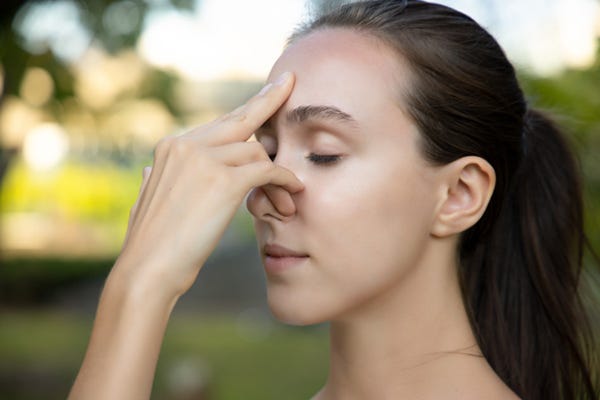

- Place your pointer finger and middle finger on your forehead.
- Use the ring finger to close off the left nostril.
- Take a deep, slow breath in through your right nostril and hold breath for a moment.
- Lift your ring finger.
- Use the thumb to close off the right nostril.
- Slowly and calmly exhale through the left nostril.
- Inhale through the left nostril and hold breath for a moment.
- Lift your thumb.
- Use the ring finger to close off the left nostril.
- Slowly and calmly exhale through the right nostril.
- Hop back up to step 3!
Repeat this process several times, calmly and deliberately alternating which nostril you are breathing through. This practice promotes balanced breathing, improved air flow, and clear sinuses. Be sure to take your time with it. Sometimes the hardest part of yogic exercises is allowing yourself to slow…the heck…down.
Exercises for Overall Weight Loss
Weight loss has been shown to help reduce the severity of sleep apnea, too. When you have less tissue and less weight pushing on those tissues, they tend to collapse less. Obesity is its own disease and causes or worsens many of the same cardiovascular problems OSA patients suffer.
If you’re new to regular exercise, walking is a good starter. As simple as it is - it works! So does cycling, jumping rope, and HIIT exercise, obviously…but sometimes just starting is hard enough. Walking works, just keep it up and add more as you can.
Swimming is another great option, especially for those suffering from musculoskeletal pain related to obesity. Moving in water helps take the weight off your joints so you can make more progress with less pain.
And, as always, bodies differ! Be sure to discuss various full-body and sleep apnea exercises for your unique physique with your doctor before beginning any regimen.
Other Treatment Options for Sleep Apnea and Snoring
CPAP (continuous positive airway pressure) treatment is the most common non-invasive treatment for sleep apnea and associated snoring. Other things you can do to help yourself are to reduce alcohol consumption - especially close to bedtime - treat your allergies, and make adjustments to your sleeping position.
For those diagnosed with obstructive sleep apnea syndrome or those trying to reduce or stop snoring, another alternative you may consider is a daytime oral appliance such as the eXciteOSA.
For those who struggle with CPAP, the eXiteOSA gives you another possible option - but only if you get approval from your doctor. It provides gentle electrical stimulation for your tongue, toning it to reduce soft tissue collapse while you sleep. It does the sleep apnea exercises for you in 20 minute treatments once day for six weeks, then just once a week or as directed by your doctor for best results!
Today we’ve explained lots of great ways to pursue your health, but if you’re not entirely sure where to start or what changes to make, that’s okay! Lay out all of your concerns and symptoms to your doctor and ask if they think you should get a sleep study. If it turns out you could benefit from CPAP treatment, come back to us - we can guide you from there!

